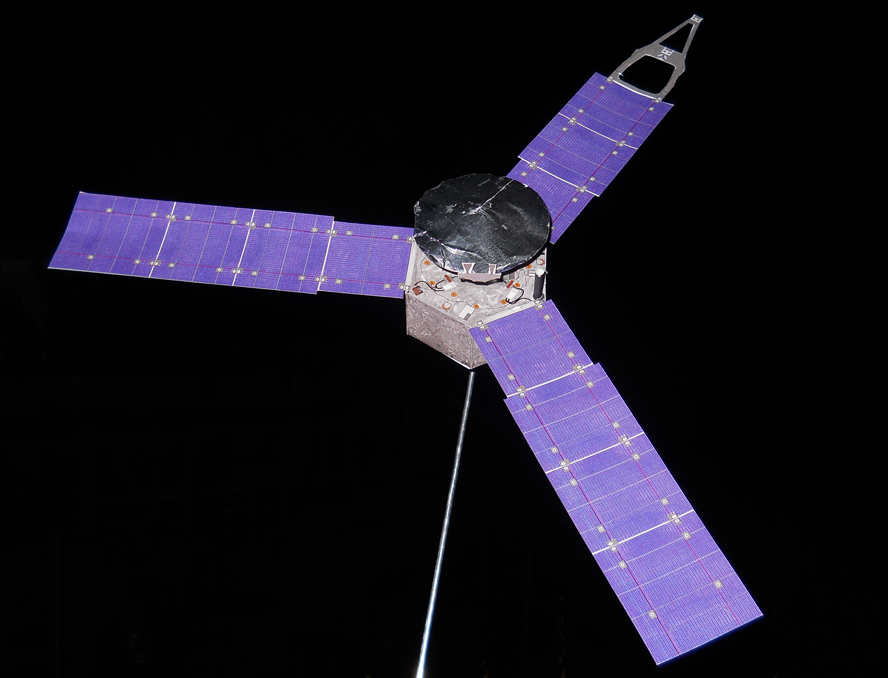


So can theoreticians explain why there is such a difference in the depth of the jet streams and the Great Red Spot?" "We know how deep the jet streams are and how deep the Great Red Spot is. "Because we have these new measurements, at this point it's more kind of like reverse engineering," Parisi said. Wong/University of California, Berkeley, and the OPAL team Jupiter's Great Red Spot, its most famous storm, has been around for hundreds of years. "If we were standing in the eye of the cyclone, we would be immersed in it from the sea level to beyond the orbit of the ISS." "The Great Red Spot is as deep within Jupiter as the International Space Station is high above our heads," Marzia Parisi, a Juno scientist at NASA's Jet Propulsion Laboratory, said in a press briefing on Thursday. That data suggests that the vortex probably extends anywhere from 186 to 310 miles deep (200 to 500 kilometers) - far below Jupiter's clouds. Measurements from those flights are now revealing the storm's structure in far more detail than telescope images can show. NASA's Juno spacecraft zipped past the Great Red Spot - an anticyclone large enough to swallow Earth - twice in 2019. Jupiter's iconic Great Red Spot may extend even deeper into the planet's atmosphere than scientists thought. NASA's Juno probe flew past the vortex in 2019, and its data suggests the storm is up to 310 miles deep.Jupiter's Great Red Spot may extend much deeper below the planet's clouds than scientists previously thought.


 0 kommentar(er)
0 kommentar(er)
